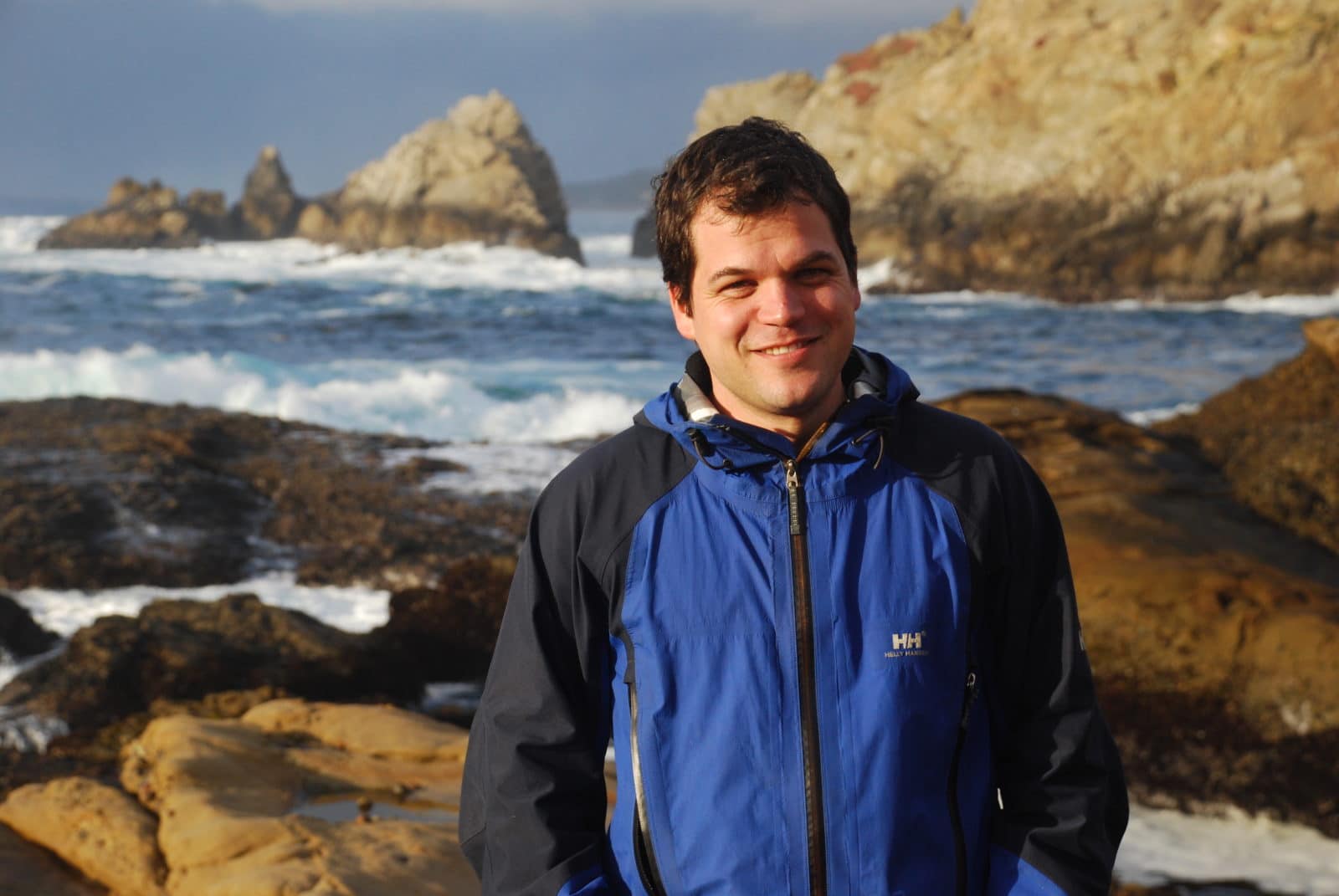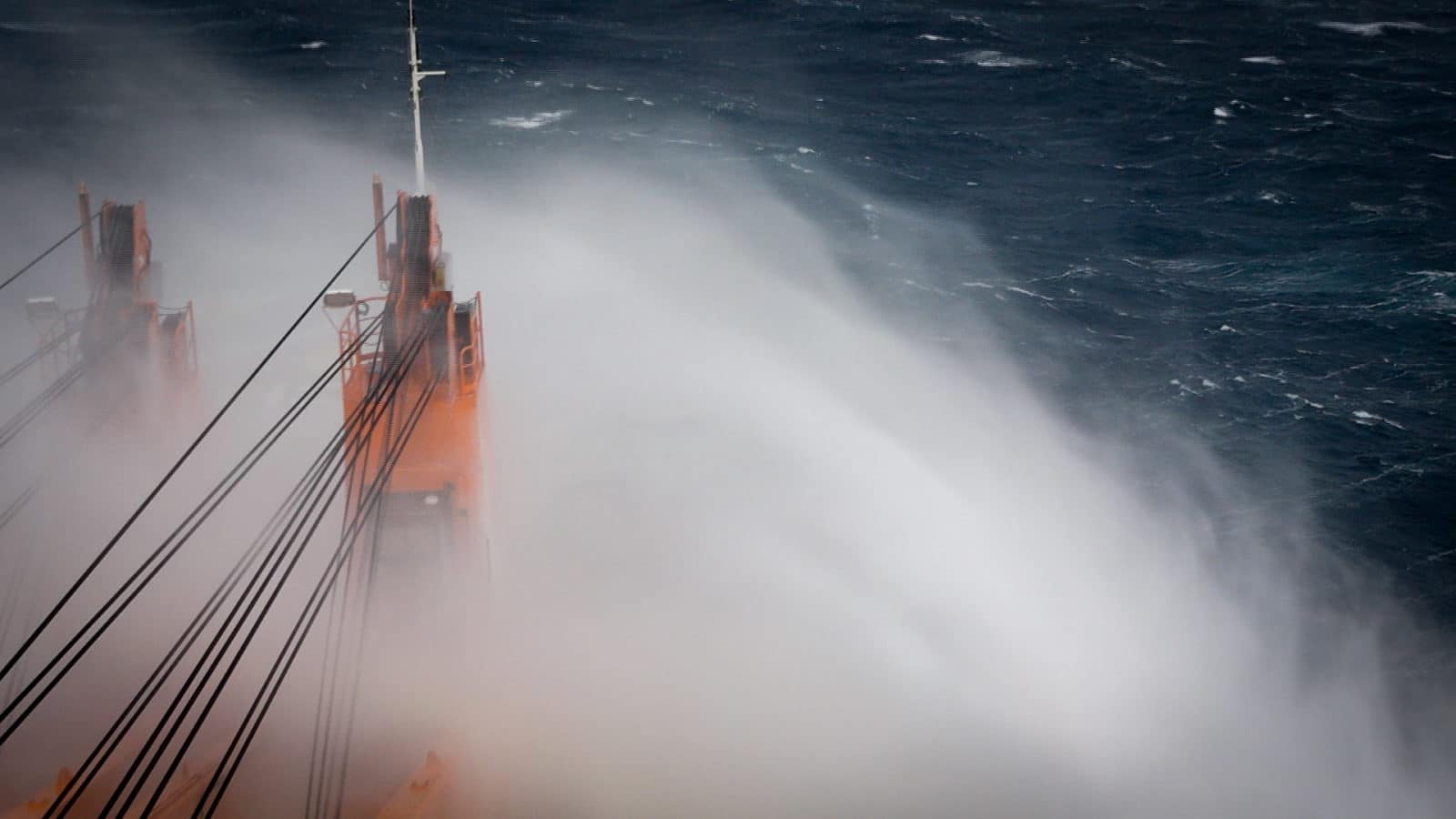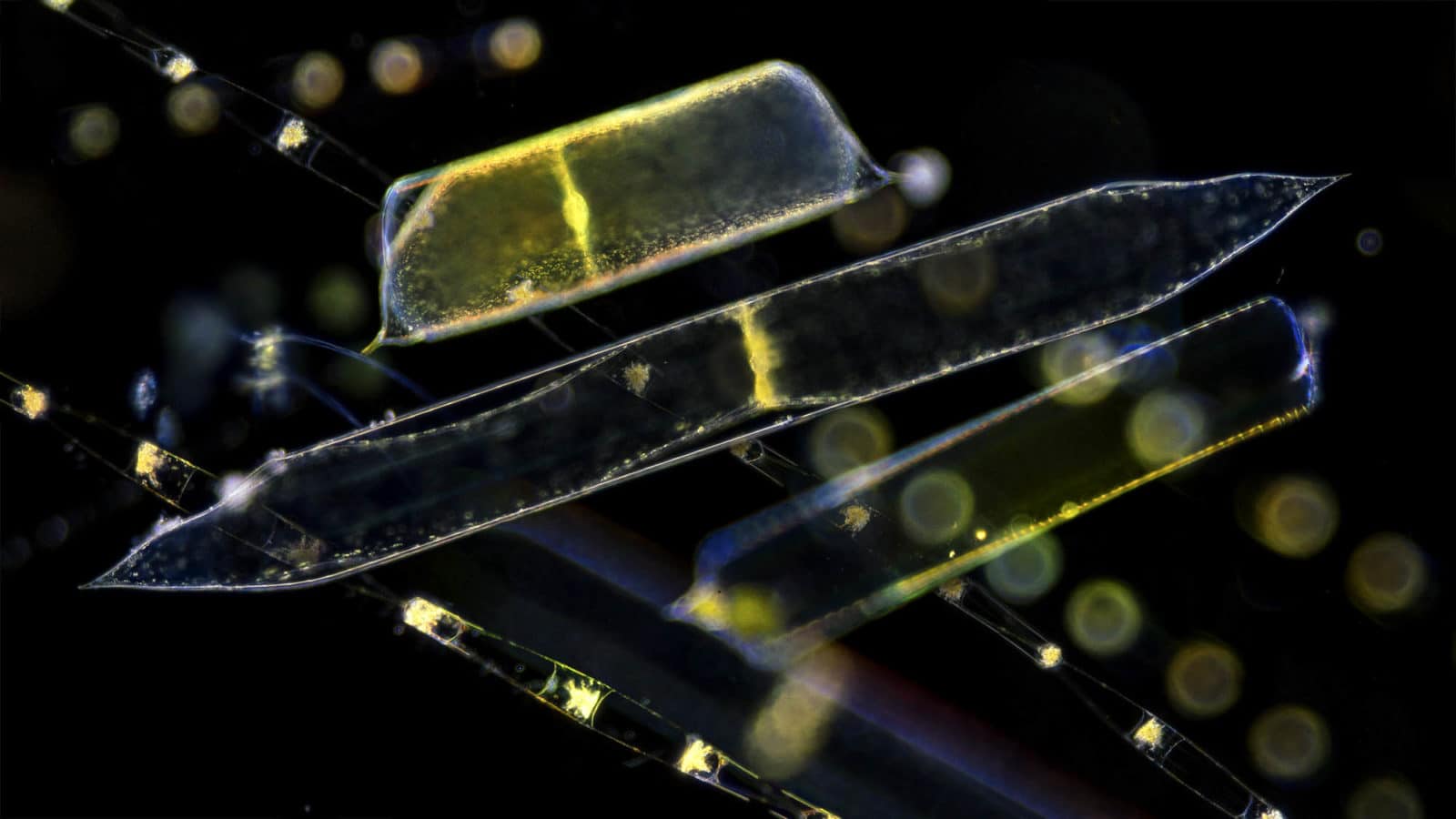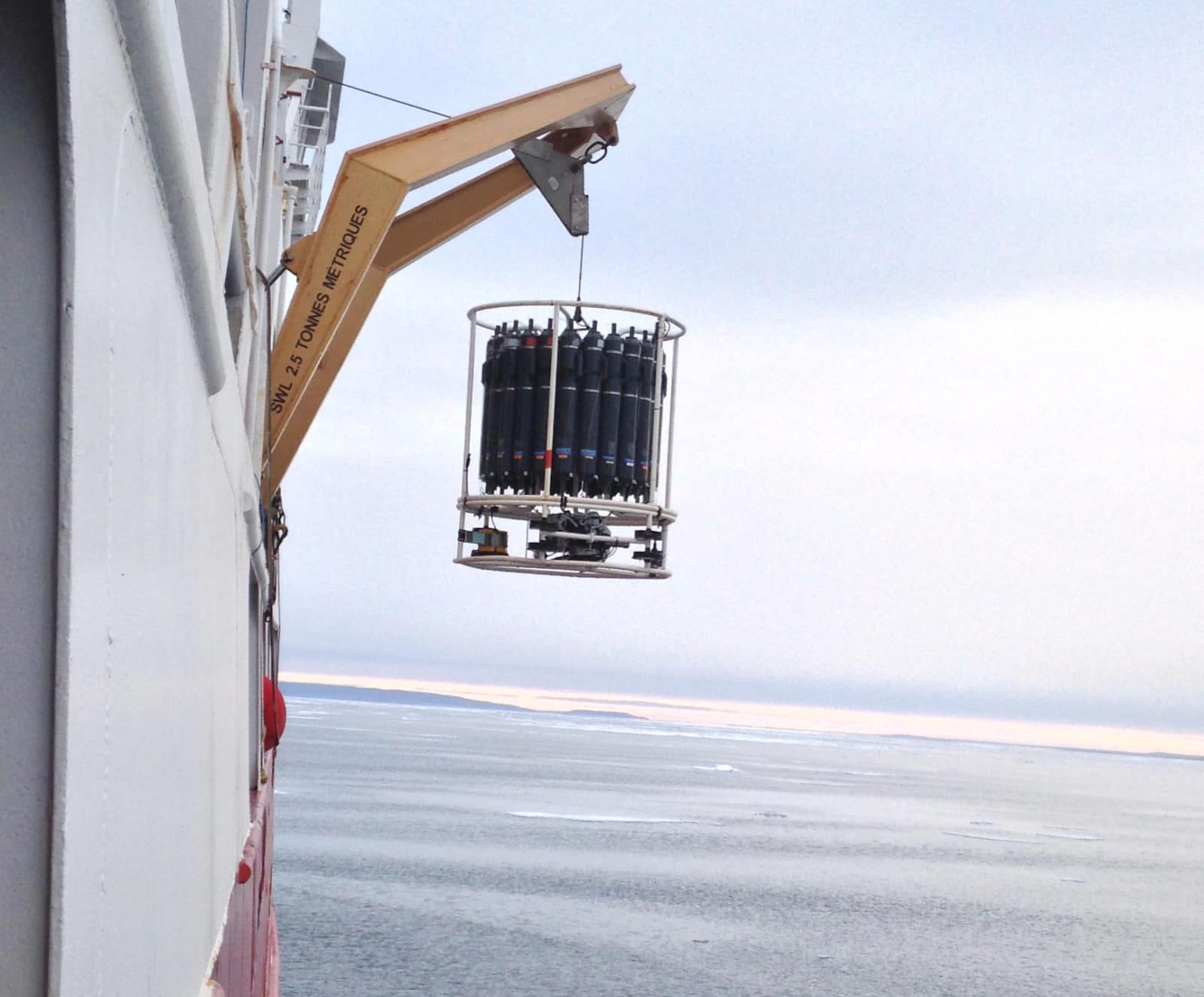
Phytoplankton’s strategy to survive

By Samuel Jaccard,
geologist and member of the Oeschger Centre for Climate Change Research at the University of Bern, taking part in the ACE project Understanding the plankton’s strategy to survive.


By Samuel Jaccard,
geologist and member of the Oeschger Centre for Climate Change Research at the University of Bern, taking part in the ACE project Understanding the plankton’s strategy to survive.

Operations at sea for the oceanography teams are quite intense at the moment as the voyage has been rerouted to head straight to Mertz Glacier as a consequence of the storm we endured a few days ago. We are steaming across the powerful Antarctic Circumpolar Current and crossing the various fronts characterizing the Southern Ocean. Conditions are changing quite drastically over short distances and it’s not unusual for the ocean to cool a few degrees in a couple of hours.
We’ve had 3 stations in 4 days. Most of the operations have been running smoothly, but the scientists have to show both flexibility and creativity to circumvent the daily technical issues and ever changing weather patterns. The waters are still intensely blue, suggesting that nutrient conditions are still limiting the growth of phytoplankton, the photosynthesizing microscopic algae that form the base of the ocean’s food web. We’re hoping to see greener waters very soon, usually a good indicator for phytoplankton growth as they produce chlorophyll.

The Southern ocean biology, and its phytoplankton play an important role in the global carbon cycle. Phytoplankton harvest light to take up dissolved CO2 into their organic tissue via photosynthesis in the sunlit surface ocean. While a large part of this organic matter is recycled within the surface layer, a small fraction – probably less than 5% – escapes downwards and decays at the bottom of the ocean. This fraction can thus be stored away from the atmosphere and remains sequestered in the oceans’ abyss for centuries. Oceanographers often refer to this process as the biological pump, as it literally pumps CO2 out of the surface ocean, where it could exchange with the atmosphere, into the voluminous deep ocean. This process plays an important role in buffering the ever-increasing anthropogenic CO2 emissions. The global ocean has absorbed about one third of the CO2 emitted by industrial activities since the industrial revolution. As such, the processes taking place in this remote portion of the ocean play a very important role in regulating climate. Furthermore, the Southern Ocean is also a very cold and windy place, which further favours the uptake of CO2 from the atmosphere.

Our ACE research project Understanding the plankton’s strategy to survive aims at better understand the parameters controlling the strength and efficiency of the biological pump. In particular, we seek to understand how the phytoplankton community deals with an environment characterized by very low concentrations of the micronutrient iron, a peculiarity of the Southern Ocean (this aspect will be the subject of another blog post in the near future). Additionally, we aim at understanding how much carbon is being sequestered away from the atmosphere in the Southern Ocean using a multi-disciplinary approach involving biologists, chemists and Earth scientists. This voyage is quite unique in the sense that it will hopefully provide a snapshot of the strength of the biological pump in its three basins over one single season.
We collect a vertical profile of water samples using a trace-metal clean rosette. This instrument allows us retrieving 10L water samples from 12 different, pre-defined depths down to 1 km. The samples are then transferred from the rosette into a clean container, where the bottles are being subsampled. The samples will eventually be carried back to the lab on land to be analyzed. We are particularly interested in determining the concentration of various trace metal nutrients as well their geochemical fingerprints to trace biogeochemical processes. These metals are present in seawater in very low concentrations and the main challenge for us is to make sure we avoid any contamination from the ship.
Samuel Jaccard